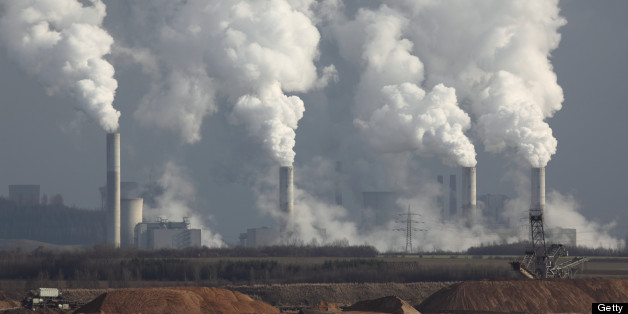
Tuesday, September 4, 2018
Chapter 6 - Admir Basic
In Chapter 6 of The Sixth Extinction, the main focus is the effect of carbon dioxide on marine life. The author goes to Castello Aragonese to explore a vent in the ocean releasing a vast quantity of carbon dioxide. Near the vent under the ocean there is little marine life since the water is significantly more acidic than the rest of the surrounding water. This small-scale carbon vent is compared to the effect that humans are having in terms of releasing carbon dioxide. Since the Industrial Revolution, humans have consumed a gargantuan amount of fossil fuels and released an equal amount of carbon dioxide into the atmosphere. Because of all the extra carbon dioxide in the air, coral reefs and all the organisms that depend on them for survival will most likely perish if emission levels aren’t dramatically reduced. Oceans are the biggest carbon sinks in the world responsible for absorbing most of the human-made emissions. One of the most vulnerable organisms are animals that rely on making shells from calcium. The reason is because “ocean acidification increases the cost of calcification by reducing the number of carbonate atoms available to begin with. (Pg 121)” [(R) The organisms that rely on calcium shells rely on the process known as calcification which calcium ions must combine with carbonate ions in order to form calcium carbonate. Because of the increase in carbon dioxide, carbonic acid interferes with the normal process since carbonate and calcium ions are low in concentration. It is crazy to think about human impact from the metabolic processes that organisms need to survive. By depriving organisms of their basic survival processes, extinctions are almost a guarantee. This connects to the theme that humans alter natural systems since adding carbon deprives marine life of metabolic processes.


Subscribe to:
Post Comments (Atom)
Chapter 4 Armando Peralta
Chapter 4 builds off of the concepts that chapter 2 and Chapter 3 discussed by describing a scientists attempt to prove the most popular ext...

-
Elizabeth Kolbert starts chapter 9 by talking about her trip to Reserve 1202 in the Brazilian state of Amazonas. She describes ...
-
In chapter 9 of the book, Kolbert talks about the Biological Dynamics of Forest Fragments or BDFPP, founded by Thomas Lovejoy. This ...
-
In chapter 13, Elizabeth Kolbert goes to the Institute for Conservation Research near the San Diego Zoo. Researcher Marly Houck...
No comments:
Post a Comment